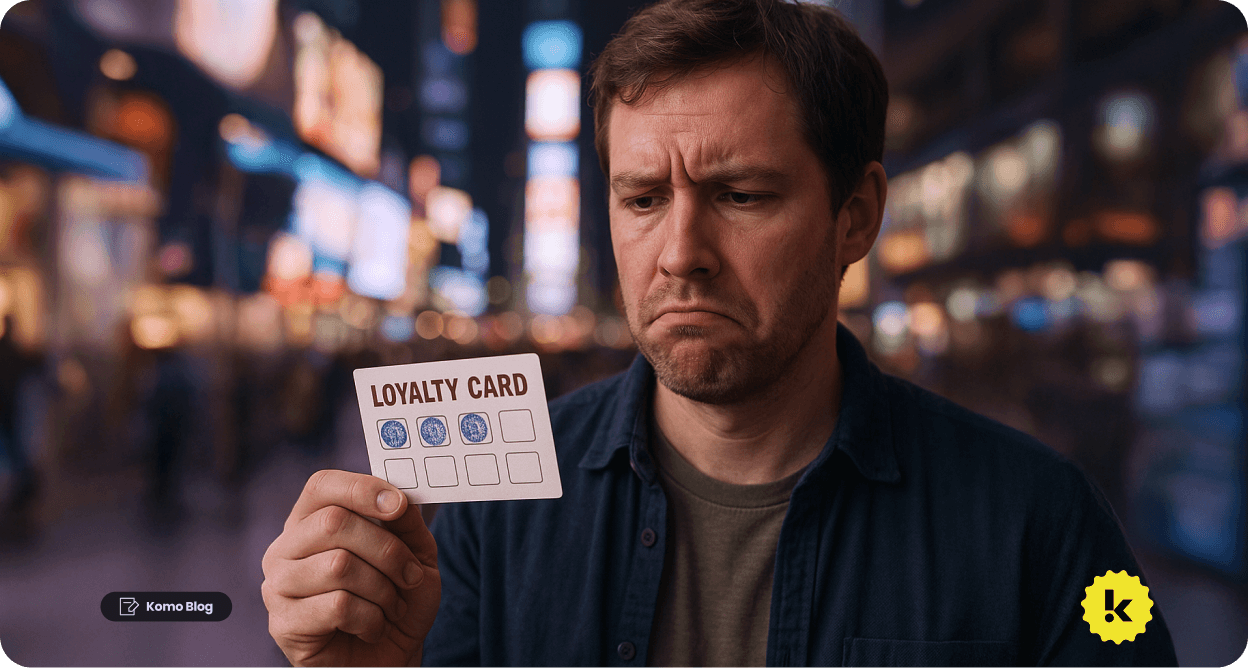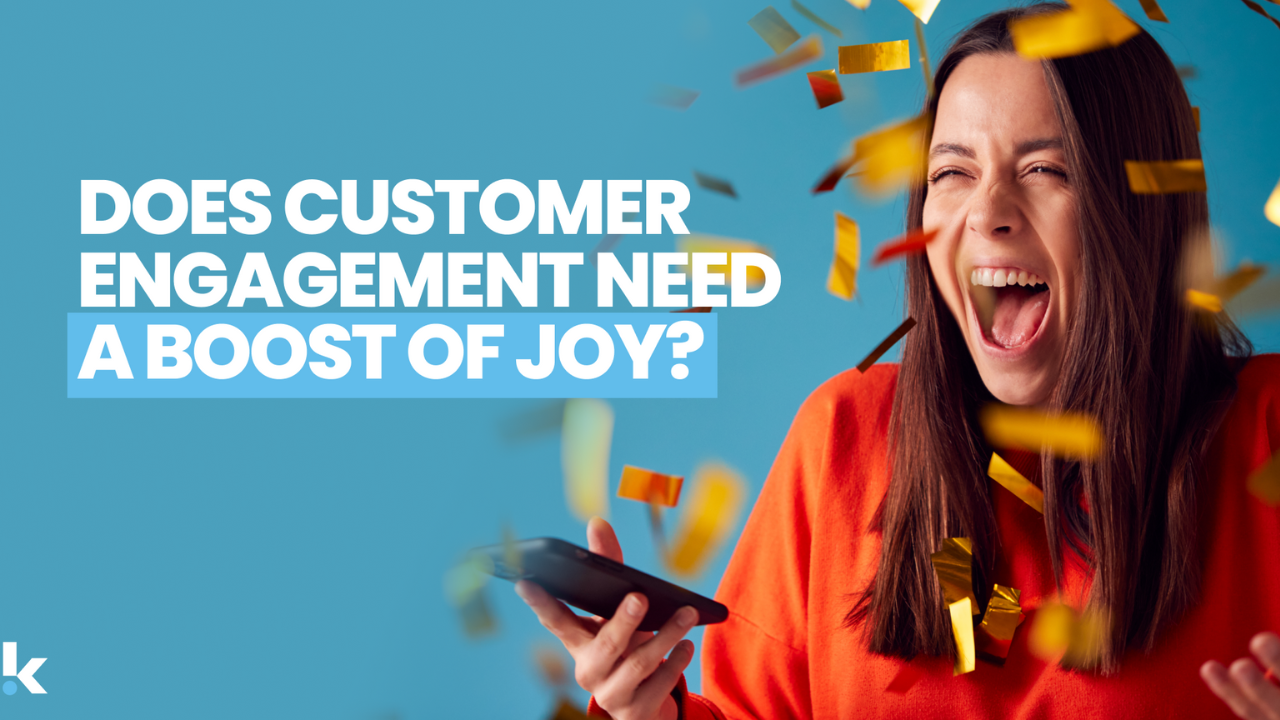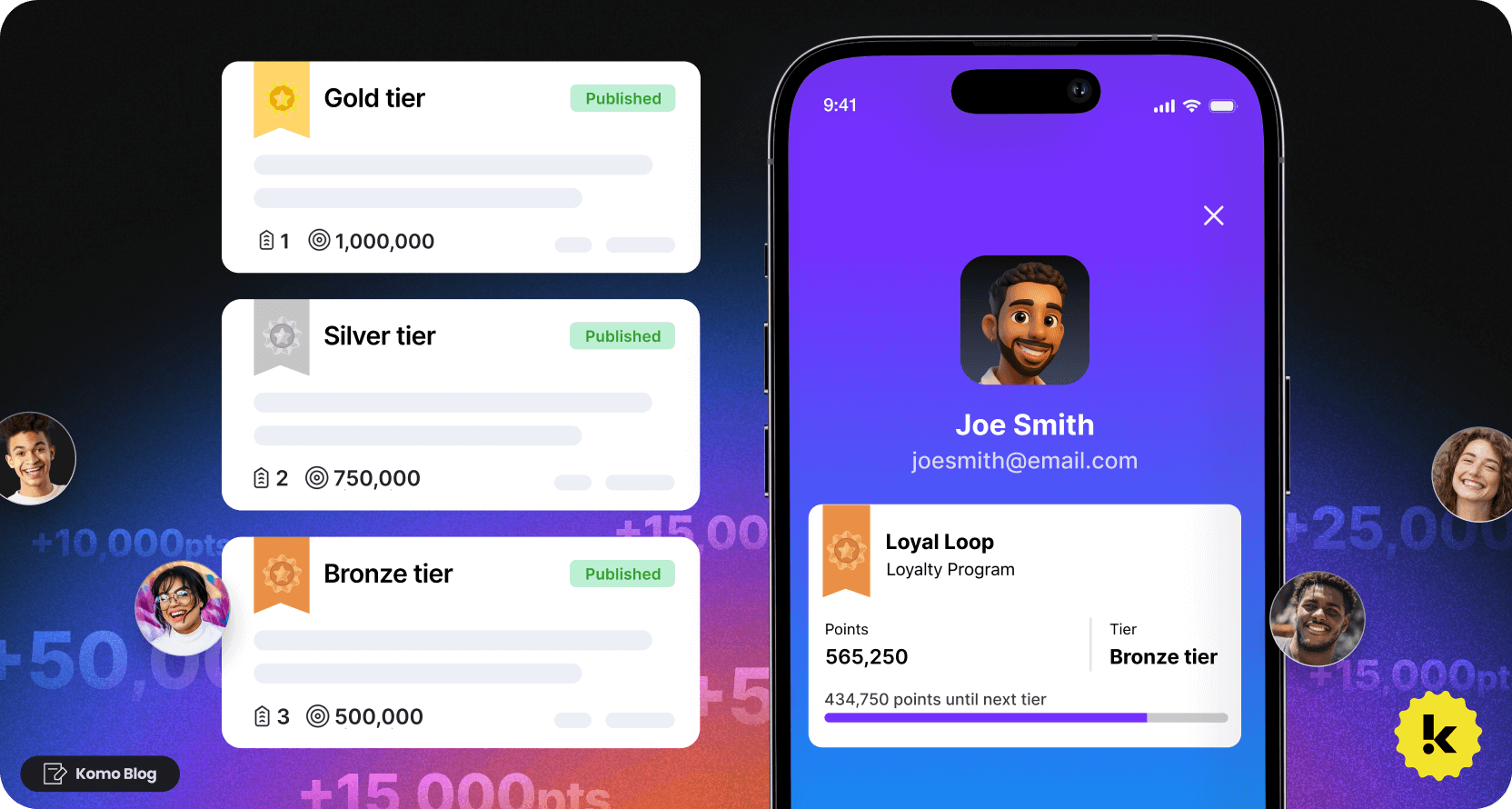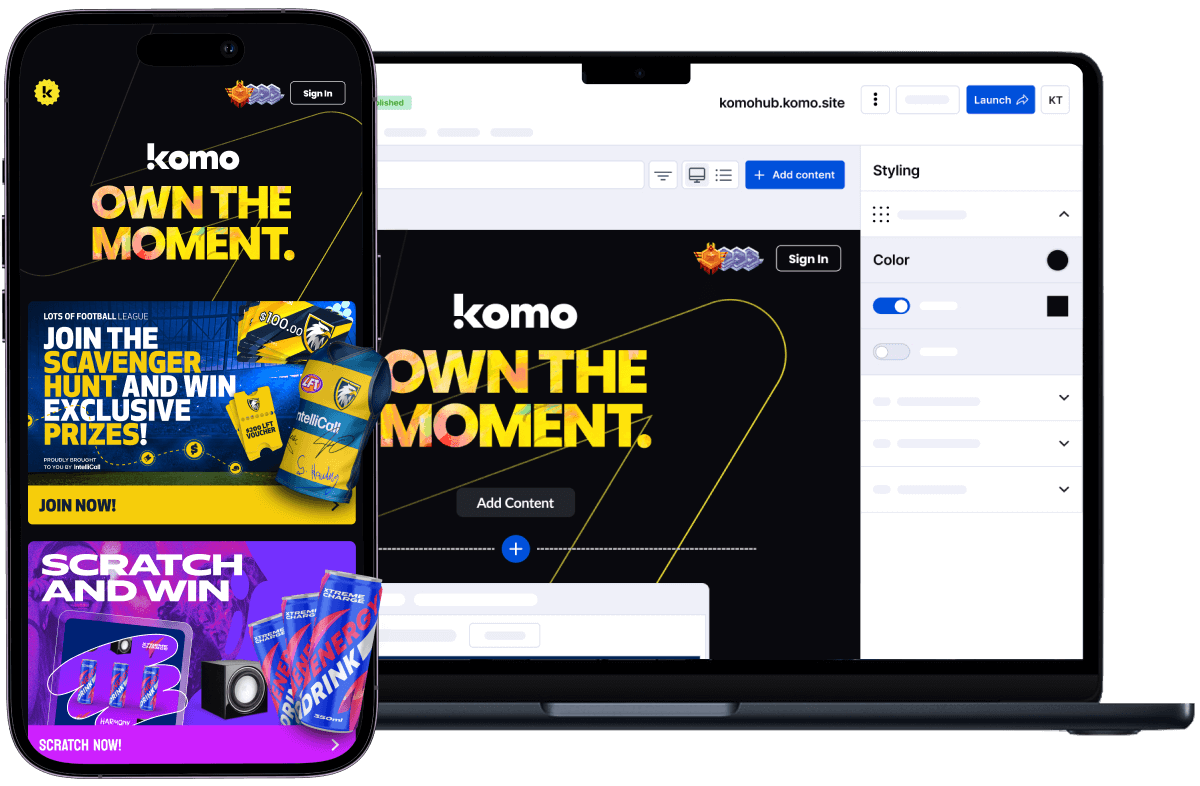Your loyalty program is probably broken—and your customers know it.
They're collecting points they forget to use. Ignoring emails about discounts they don't want. Participating just enough to get the reward, then disappearing until the next promotion.
If your loyalty strategy still revolves around "buy more, get more," you're solving yesterday's problem with yesterday's tools.
The discount trap
Most loyalty programs are sophisticated coupon systems disguised as relationship builders.
Customers spend $500, earn 500 points, redeem for $5 off their next purchase. Repeat until bored. The entire relationship becomes transactional—a mechanical exchange where loyalty is rented by the discount, not earned through experience.
74% of marketers say traditional loyalty models are losing effectiveness. Yet most teams keep optimizing point structures and discount tiers instead of questioning whether the entire approach is outdated.
When rewards feel like spam
63% of consumers want more than points or discounts—they expect brands to surprise and delight them in personal ways. Yet most loyalty communications feel like automated reminders about accumulated currency they didn't ask for.
"You have 1,247 points! Redeem now before they expire!"
This isn't engagement. It's notification fatigue disguised as customer care.
Meanwhile, your customers are developing relationships with brands that remember their preferences, celebrate their interests, and create experiences worth talking about. Your point balance updates feel increasingly irrelevant by comparison.
The participation gap
Traditional loyalty programs reward the outcome (purchase) while ignoring the journey (engagement).
Customers might spend hours researching your products, reading your content, and participating in your community. But your loyalty system doesn't see any of that. It only activates when they reach checkout.
You're missing 90% of the relationship.
Think about your best customers. Are they loyal because of your point multiplier events? Or because they feel connected to your brand, your values, and your community?
Most loyalty programs measure the transaction while missing the emotion.
The generic experience problem
88% of practitioners rank personalization as a top loyalty driver. Yet most loyalty programs deliver the same rewards to vastly different customers.
Your frequent business traveler gets the same hotel points structure as your once-a-year vacationer. Your power user gets the same software perks as your casual adopter. Your brand evangelist gets the same discount codes as your price-shopping detractor.
When everyone gets the same treatment, no one feels special.
The data disconnect
You're sitting on a goldmine of customer intelligence, but your loyalty program isn't designed to mine it.
Every interaction reveals preferences. Every purchase shows priorities. Every engagement signals interests. Yet most loyalty systems only track spending patterns while ignoring the behavioral data that could transform personalization.
You know what people buy, but not why they buy it.
Meanwhile, brands with modern engagement strategies are capturing preferences through interactive experiences, learning from every touchpoint, and using that intelligence to create increasingly relevant relationships.
The emotional loyalty crisis
Loyalty is no longer about transactions; it's about emotion and experience.
Customers don't stay loyal because your points program is marginally better than your competitor's. They stay because they feel understood, valued, and part of something meaningful.
Traditional loyalty programs optimize for repeat purchases while ignoring the feelings that drive those purchases. You can't discount your way to emotional connection.
The community blindspot
Your customers are already forming communities around your products, services, and industry. They're sharing tips, asking questions, and helping each other succeed.
Most loyalty programs pretend this doesn't exist. They focus on individual transactions instead of leveraging the network effects of customer communities.
The brands building lasting loyalty aren't just rewarding purchases—they're facilitating connections.
The immediacy problem
Traditional loyalty programs operate on delayed gratification: accumulate points over time, redeem eventually, maybe.
Modern customers expect immediate value. Not necessarily immediate rewards, but immediate recognition that their engagement matters.
When someone shares your content, joins your community, or provides feedback, your loyalty system probably doesn't notice. But they do. And they're comparing your response to brands that acknowledge and appreciate every meaningful interaction.
The innovation stagnation
While customer expectations evolve rapidly, most loyalty programs haven't changed their core structure in years.
You might have added mobile apps or social media integration, but the fundamental model remains the same: transactional rewards for transactional behavior.
Meanwhile, customers are engaging with brands that gamify learning, reward curiosity, celebrate milestones, and create experiences that feel more like entertainment than marketing.
The competitive reality
Your loyalty program probably looks exactly like your competitors' programs.
Same point structures. Same tier benefits. Same discount-driven communications. Customers can't tell the difference, so they don't develop preference.
If your loyalty strategy is interchangeable, so is your brand.
The trust deficit
Only 34% of consumers trust brands to use their data responsibly. Yet most loyalty programs are built on extensive data collection with minimal transparency about how that information improves the customer experience.
Customers are willing to share preferences and feedback—but only when there's clear, immediate value in return. Traditional loyalty programs take data without giving meaningful personalization back.
The real question
If your loyalty program could disappear tomorrow and your customers wouldn't notice or care, the question isn't whether you need to optimize your point structure.
The question is: what would loyalty look like if it was built around relationship instead of transaction?
What if you rewarded curiosity, not just purchases? What if you celebrated engagement, not just spending? What if you created experiences that customers would miss if they were gone?
Some brands already work this way. They've moved beyond points and discounts to build communities, experiences, and emotional connections.
The difference shows up not just in retention rates, but in advocacy, word-of-mouth, and the kind of customer relationships that competitors can't replicate with better discount codes.
What's possible
Ready to see how your current loyalty approach compares to what modern customers actually expect?
- Take the 2-minute Engagement Maturity Assessment - Discover where your loyalty strategy stands and identify your biggest opportunities
- See How Leading Brands Evolved - Real examples of companies that moved beyond transactional loyalty
- Engagement Maturity Model - Understand what engagement-driven loyalty looks like in practice
Points fade. Experiences stick.
The question is: which one are you building?
Ready to transform your loyalty strategy from transactional to experiential? Take our Engagement Maturity Assessment to discover your biggest opportunities for building lasting customer relationships.




